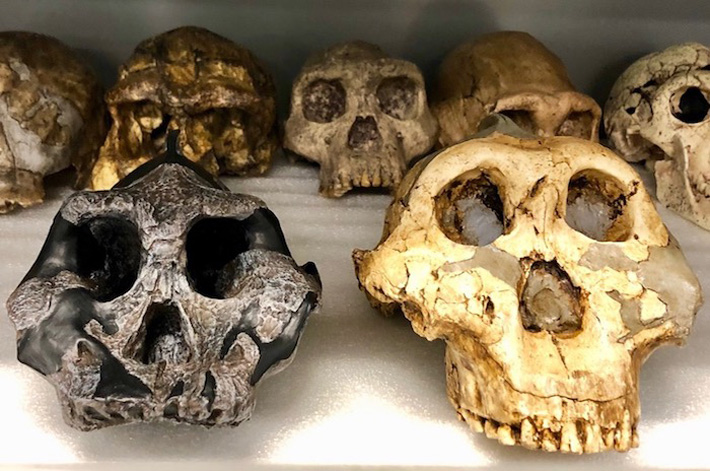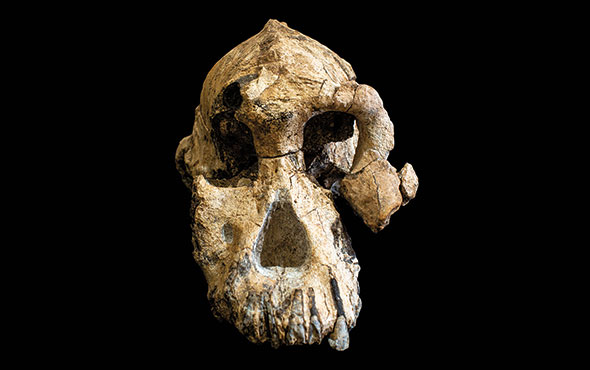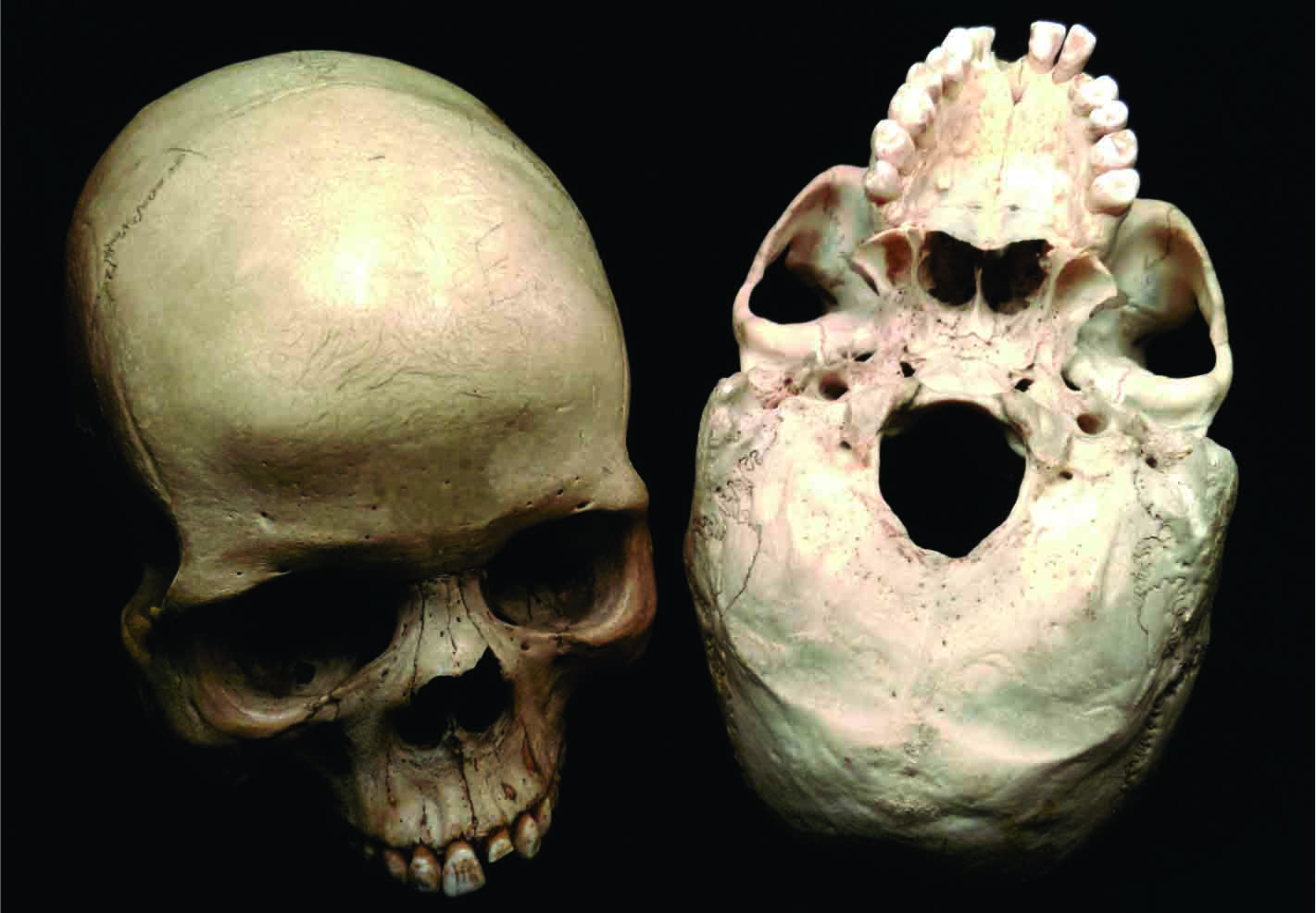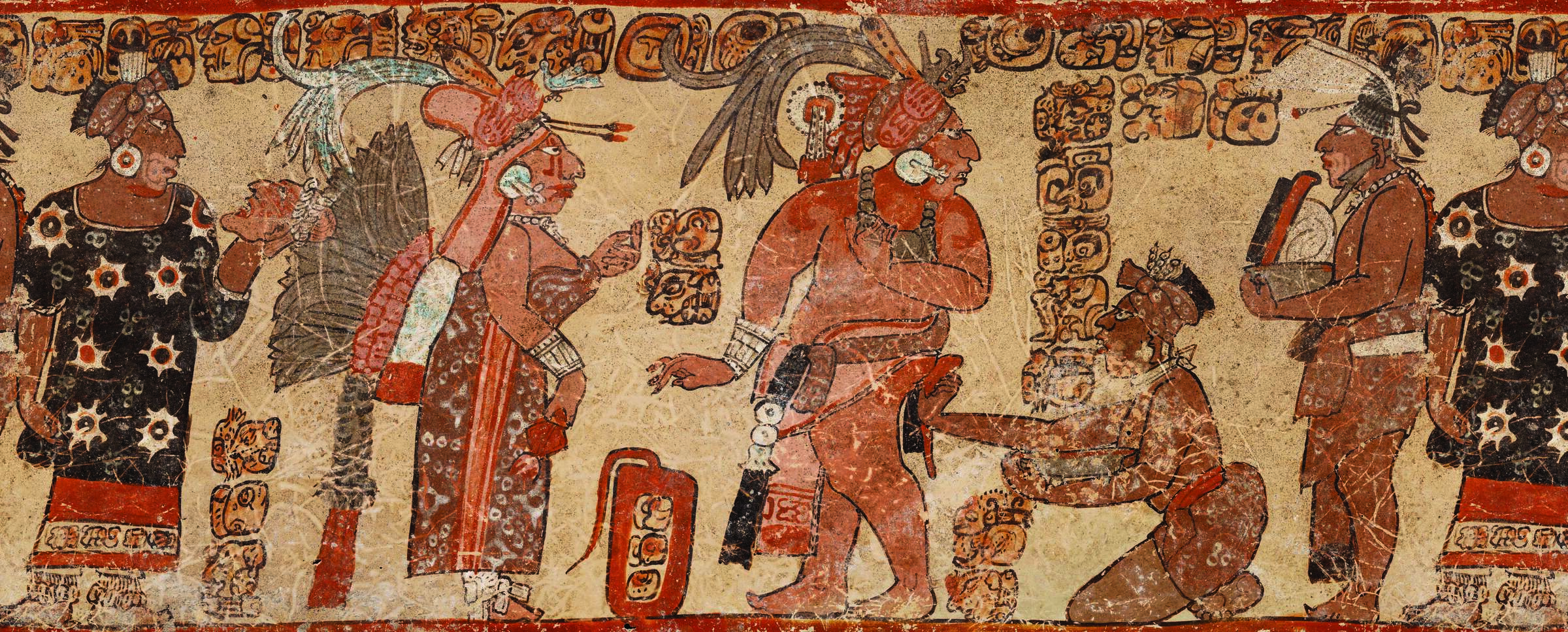
WASHINGTON, D.C.—According to a statement released by George Washington University, scientist Enquye Negash analyzed the chemical composition of the teeth of herbivores such as antelopes and pigs that lived between one and three million years ago in Ethiopia’s Lower Omo Valley. The results of the study suggest that the animals shifted from eating woody vegetation to grasses and sedges at 2.7 million years ago, and at two million years ago, as the environment shifted to open savannah. Negash and his colleague Jonathan Wynn of the National Science Foundation then examined the chemical composition of the tooth enamel of Paranthropus boisei, an early hominin. The researchers concluded that P. boisei also shifted to eating grasses and sedges some 2.37 million years ago, before the creature’s skull and jaw had adapted to the new foods. All of the herbivores had responded to the ecological changes in their environments in an interconnected way, Wynn explained. For more on the diet of early hominins, go to "Proteins Solve a Hominin Puzzle."










